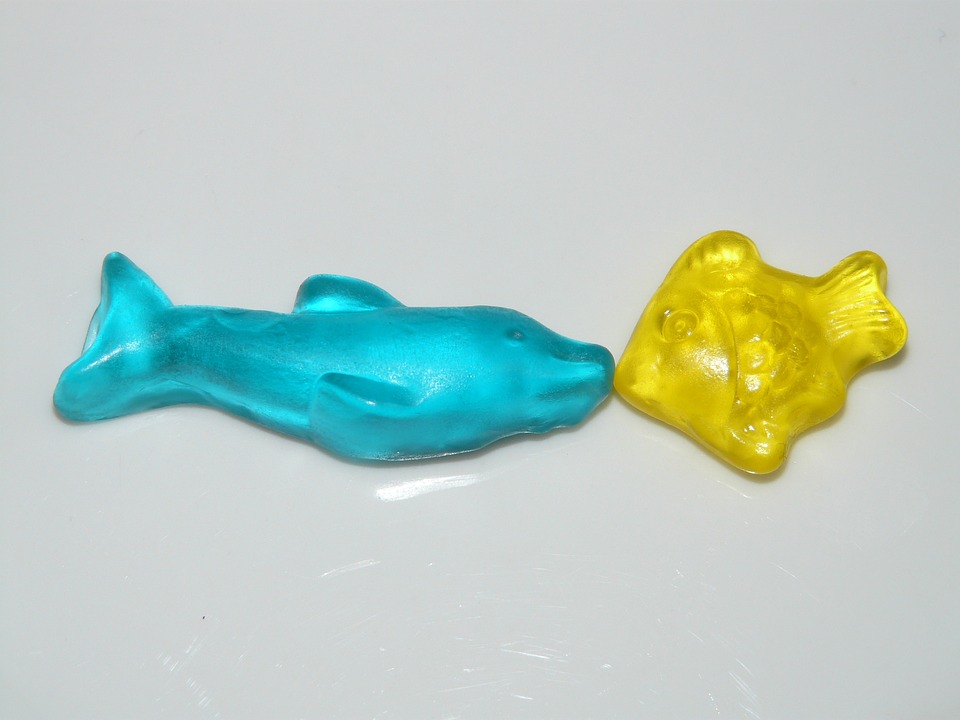By understanding the importance of visual signals in fish behavior, we can better cater to their needs and create a more stimulating and comfortable environment for them. Visual communication plays a significant role in their interactions with other fish, establishing territories, and attracting mates. By observing their responses to visual signals, we can gain insight into their behaviors and adjust their environment accordingly.
One important aspect of visual signals in fish behavior is color perception. Different species of fish perceive colors differently, and understanding their color vision can help us design a visually stimulating tank that replicates their natural habitats. By incorporating a variety of colors, shapes, and textures in the tank decor, we can create an environment that engages their senses and provides enrichment.
Visual signals also elicit various behavioral responses in fish. For example, certain visual signals can trigger aggression in fish, such as the presence of other fish or intruders in the tank. Understanding these cues can help us prevent or manage aggressive behavior in our tanks. Additionally, visual signals play a crucial role in courtship and mating behavior. Male fish often display vibrant colors, intricate patterns, or exaggerated fin movements to attract potential mates. By understanding these visual cues, we can create conditions that encourage successful breeding.
Feeding behavior in fish is also influenced by visual signals. Fish are visually oriented feeders and rely on visual cues, such as movement or color, to locate and consume food. By incorporating visual attractants, such as brightly colored artificial food or feeding triggers, we can stimulate fish to feed more actively.
To further delve into fish behavior, let’s address some frequently asked questions. Some species of fish have shown the ability to recognize their owners based on visual and olfactory cues, particularly if they have been consistently fed by the same person. While fish may not experience emotions in the same way humans do, they can exhibit behaviors that suggest different states, such as stress, fear, or contentment.
Creating a visually stimulating tank environment involves incorporating a variety of colors, shapes, and textures in the decor. Adding live plants or artificial structures that mimic their natural habitats can also enhance their visual experience. Most fish have excellent low-light vision and can see in dimly lit conditions, although their ability to see in complete darkness varies among species. Providing hiding spots and dimming the tank lights during nighttime can help simulate their natural environment and reduce stress.
In conclusion, understanding fish behavior and their responses to visual signals is essential for creating a harmonious and enriching tank environment. By replicating natural visual cues and providing appropriate stimuli, we can promote the well-being of our fish and enhance our own enjoyment of keeping them as pets.









